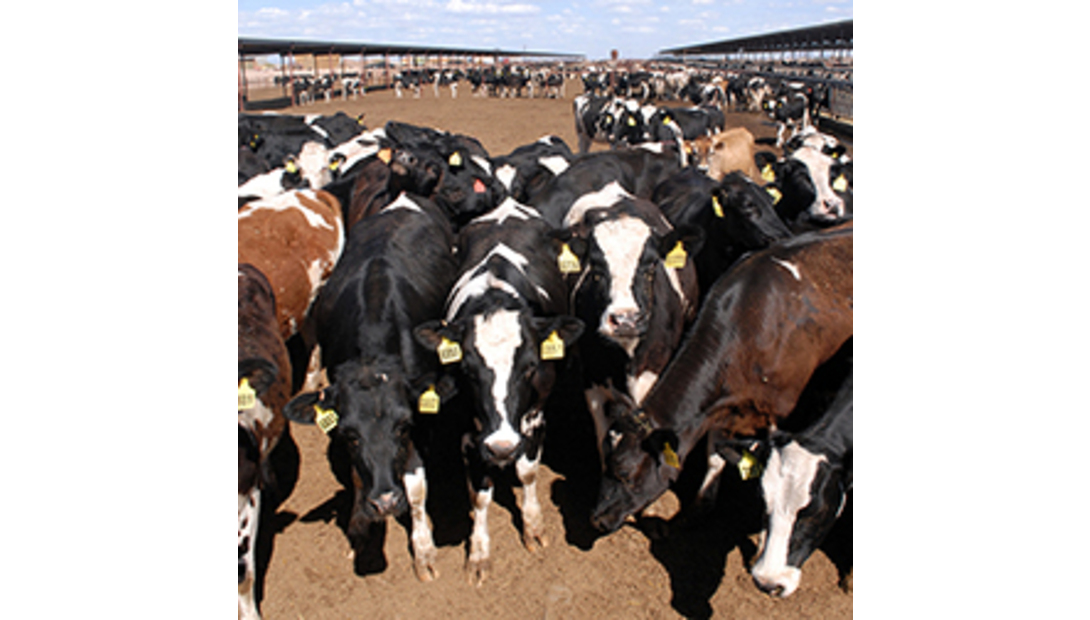 Mastitis threatens your young ladies – and your bottom line – long before they reach the milking parlor.
Mastitis threatens your young ladies – and your bottom line – long before they reach the milking parlor.Heifer mastitis is real, it is costly, and dairy scientists say it is more common than many milk producers think. How common? It isn't considered a problem unless more than 15 percent of heifers freshen with clinical cases.
But it's a threat that can be significantly reduced through hygiene, nutrition, and strict management protocols. The National Mastitis Council (NMC) recommends that every dairy consider this 10-point prevention and control program when heifers are still calves:
- Improve general udder health management to decrease infection of udder pathogens from older cows to heifers.
- Control cross-suckling by calves and young stock.
- Implement an effective and efficient fly control system.
- Keep heifers in a clean, hygienic environment that is separated from cows, and devote as much attention to maintaining it as is devoted to the cows' environment.
- Avoid any nutritional deficiency. Monitor vitamin E and selenium if high clinical mastitis exists. Zinc, copper and vitamin A can also play a role.
- Prevent the risk of negative energy balance before and after calving via proper transition feeding.
- Reduce udder edema incidence through optimum close-up period management.
- Minimize stress around calving time, such as by not moving cows when in labor, and minimize dystocia and pre-calving diseases.
- Consider the use of teat sealants before calving if a high risk of environmental mastitis exists during the close-up period.
- Use precalving antibiotic treatment under certain conditions only: under the supervision of the herd veterinarian and a valid client/patient relationship (VCRP); after culturing has identified the pathogens and quantified the problem; appropriate antibiotics are chosen for use; milk is residue-tested before every milk delivery; and management is upgraded at the same time and treatment is stopped as soon as it becomes effective.

The author has served large Western dairy readers for the past 37 years and manages Hoard's WEST, a publication written specifically for Western herds. He is a graduate of Cal Poly-San Luis Obispo, majored in journalism and is known as a Western dairying specialist.







